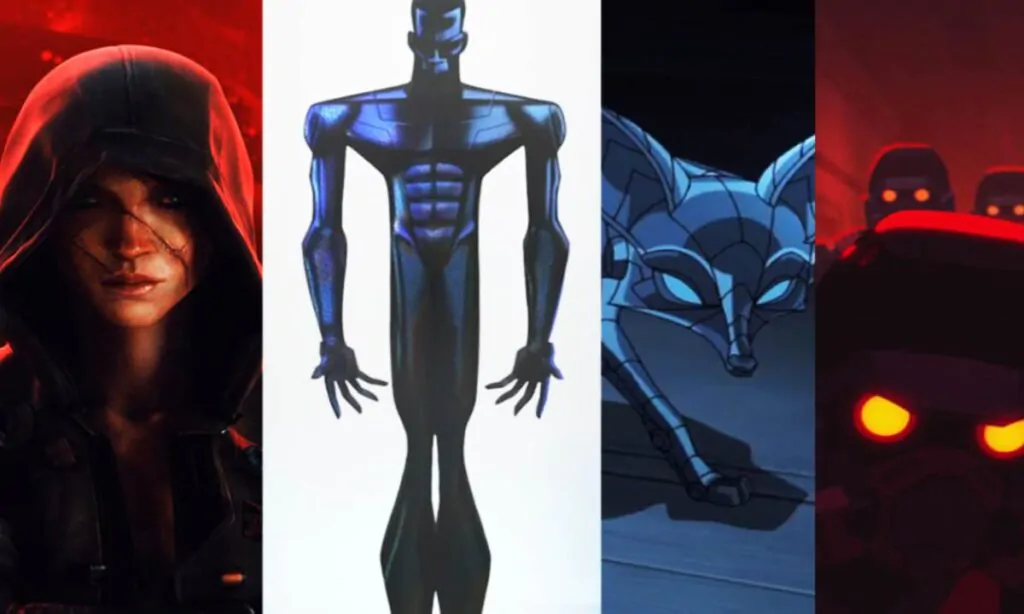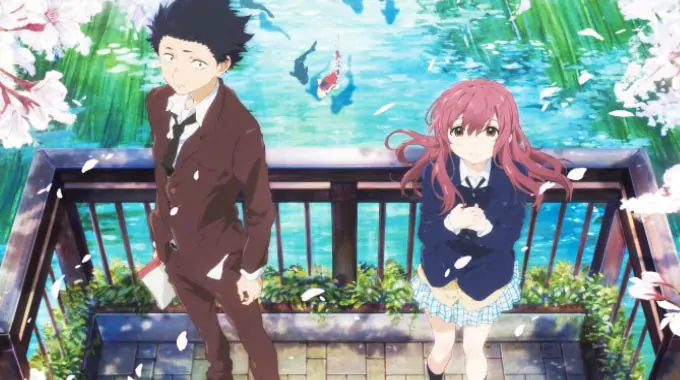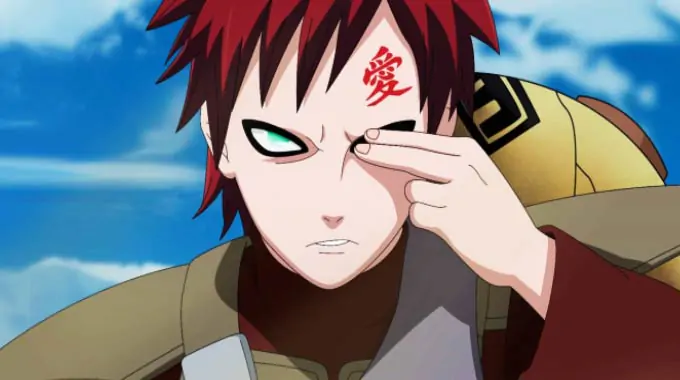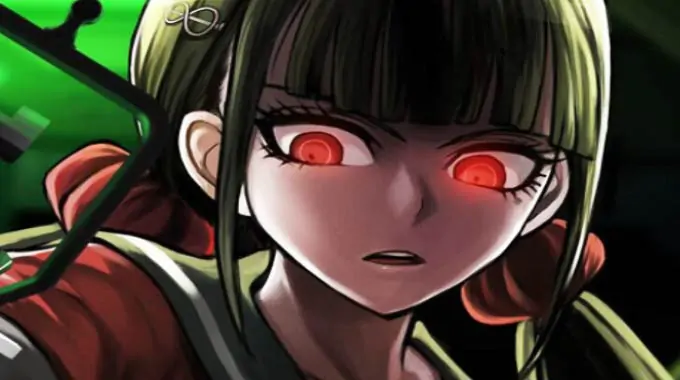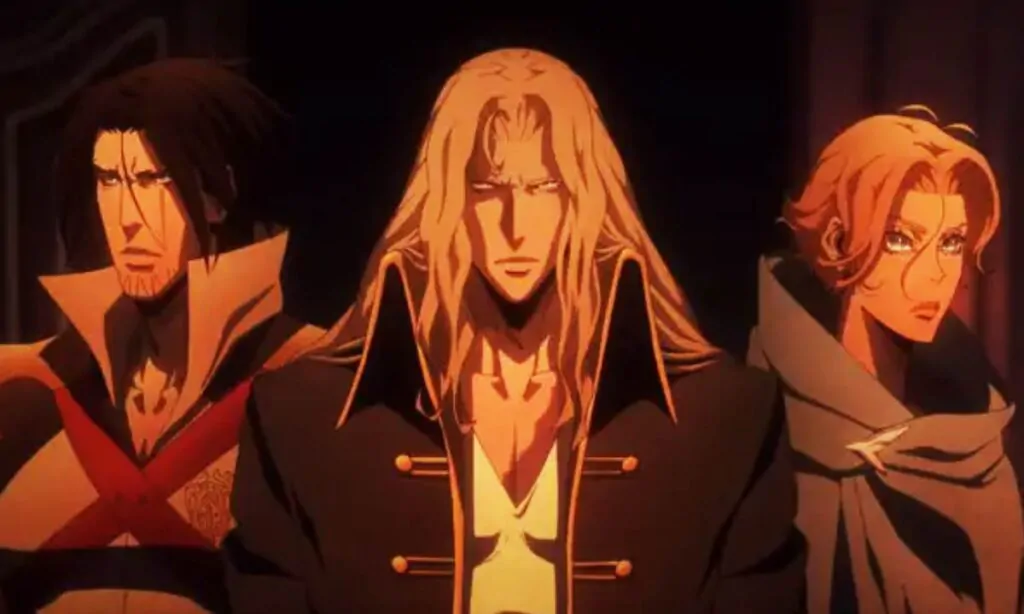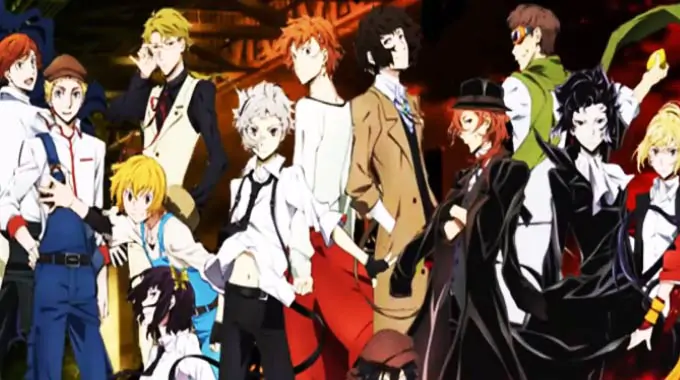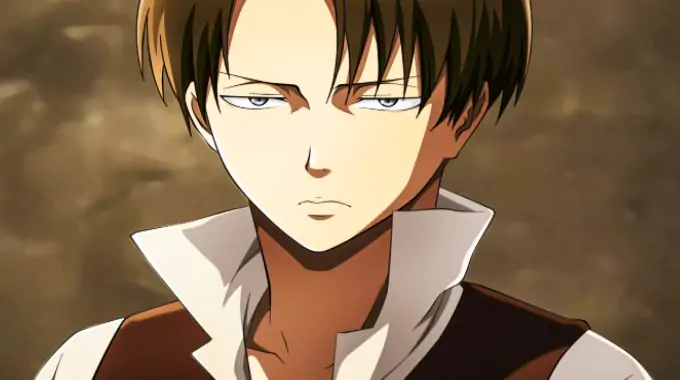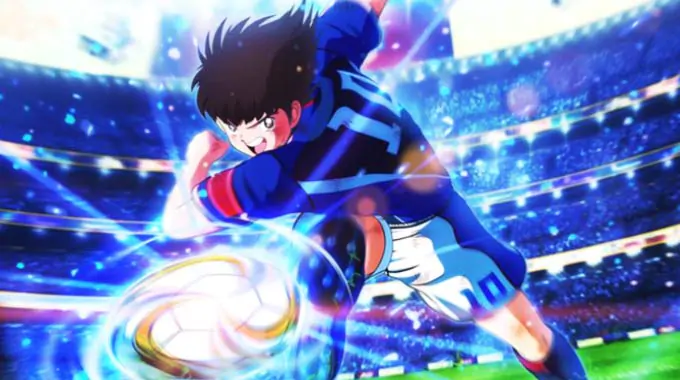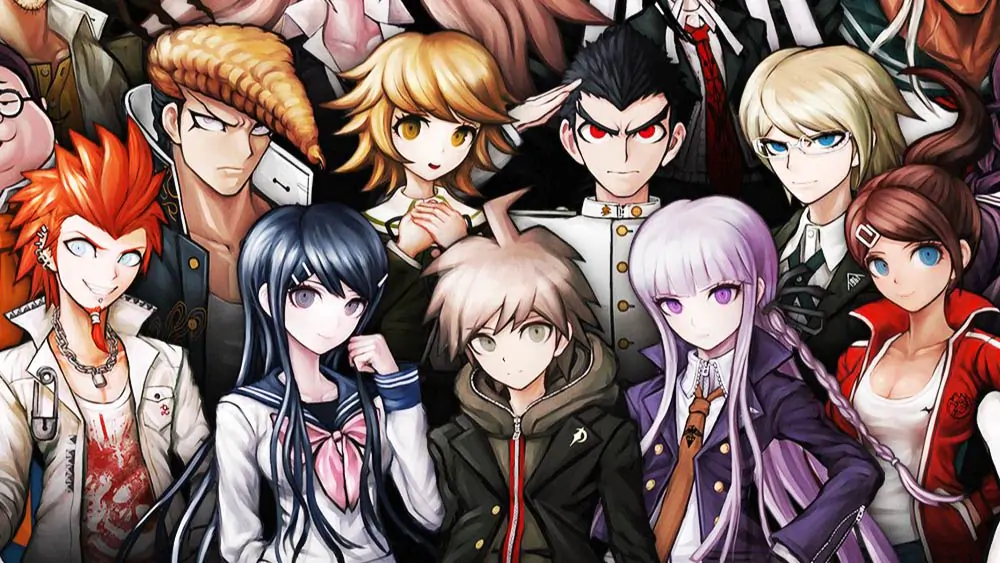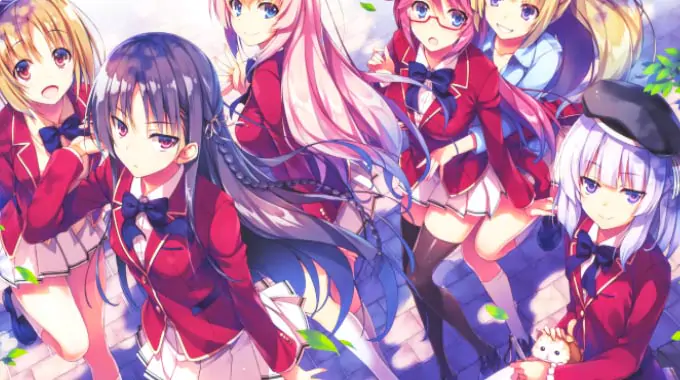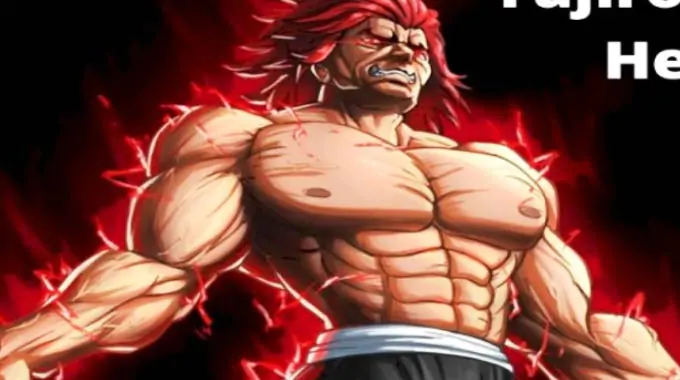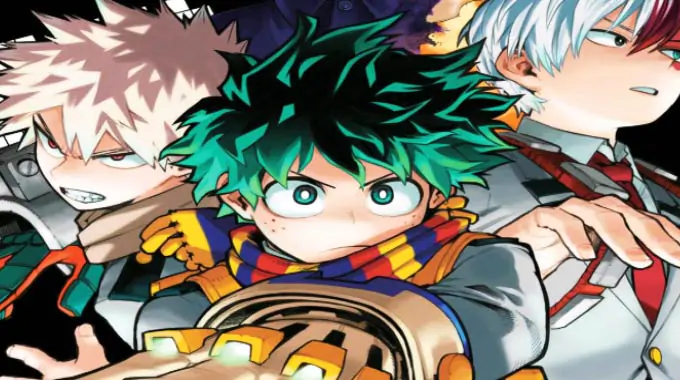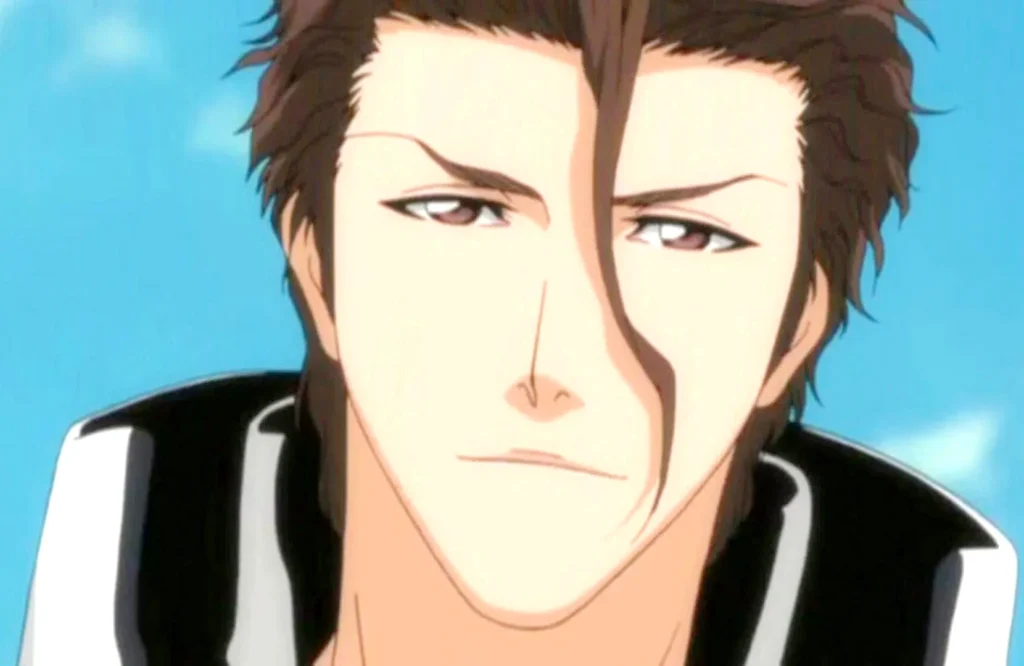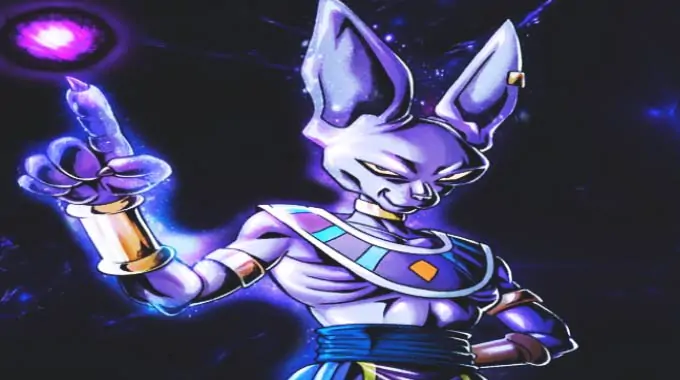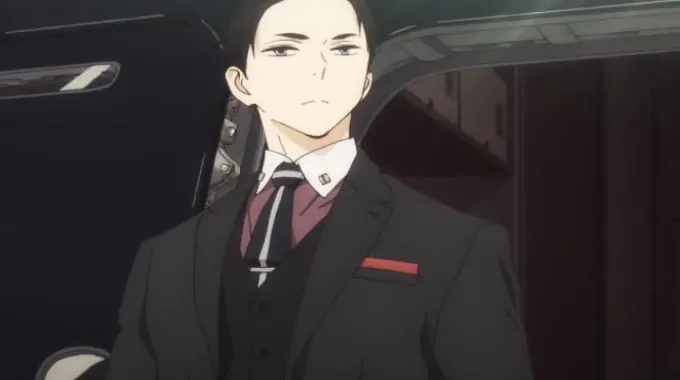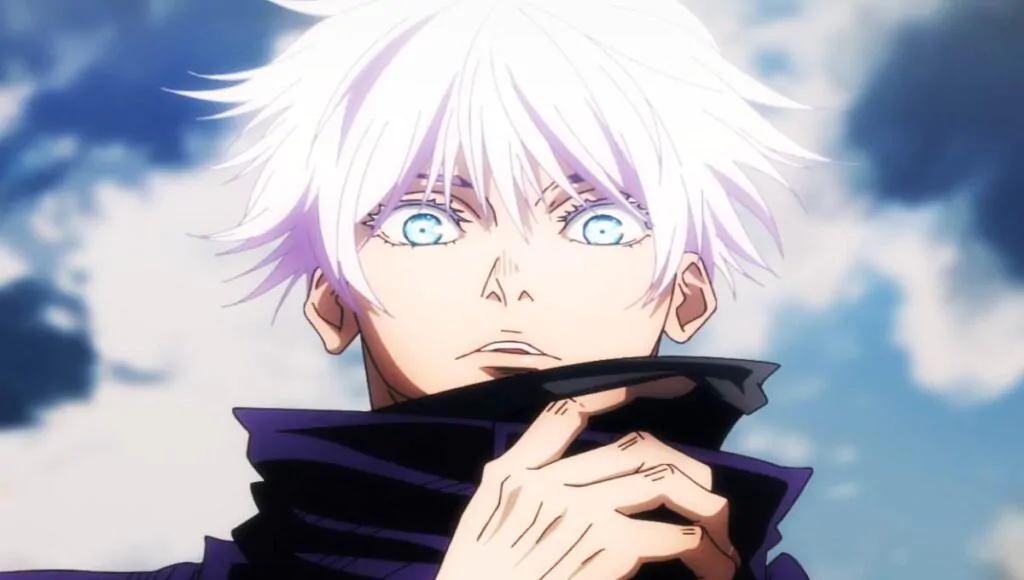Join us as we embark on a hilarious journey through the annals of anime history to unveil the 30 Best Gag Anime of All Time. These series are the uncontested masters of comedy, offering a riotous blend of slapstick humor, witty wordplay, and unforgettable characters that have left audiences rolling on the floor with laughter. Whether you’re a die-hard comedy fan or simply seeking a hearty dose of humor, this list promises an uproarious adventure through the world of gag anime.
List of Best Gag Anime:
Nichijou
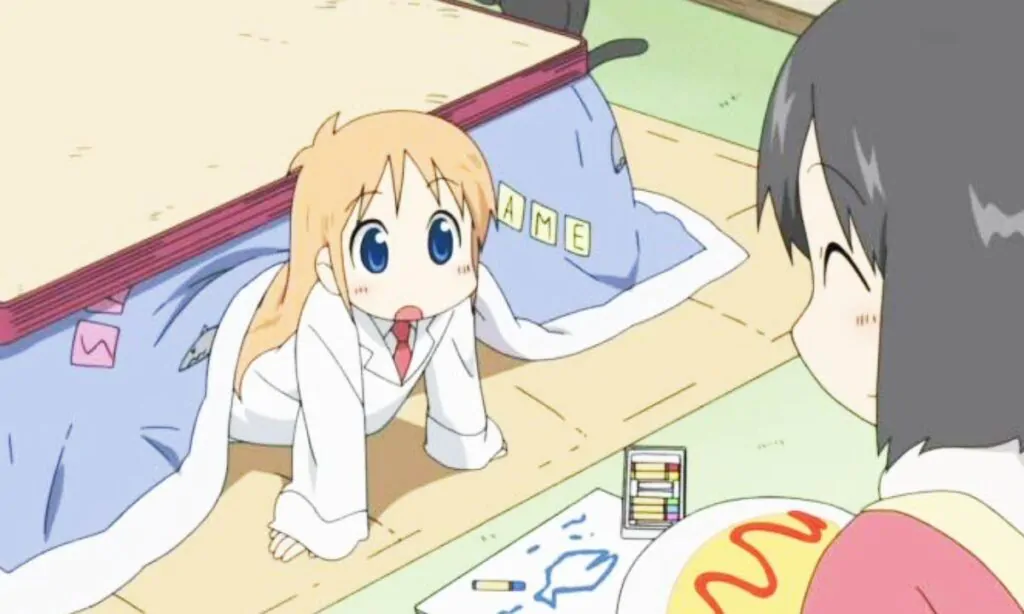
Nichijou, also known as My Ordinary Life, is a comedy anime about the daily lives of a group of high school students and their eccentric friends. The series follows their humorous and sometimes absurd adventures as they navigate school, friendships, and their own personalities.
The anime was created by Kyoto Animation and consists of one season with a total of 26 episodes.
The anime features a unique animation style, surreal humor, and explores themes such as friendship, self-discovery, and the beauty of everyday life.
The anime has received critical acclaim, with viewers praising the animation quality, the humor, and the characters, while others criticize the disjointed nature of the story.
Lucky Star

Lucky Star is a slice-of-life comedy anime about the daily lives of four high school girls and their otaku interests. The series follows their humorous and often random conversations as they discuss everything from anime and manga to food and daily activities.
The anime was created by Kyoto Animation and consists of one season with a total of 24 episodes.
The anime features light-hearted humor, relatable characters, and explores themes such as friendship and the joys of everyday life.
The anime has received mixed reviews, with viewers praising the comedic moments and the references to otaku culture, while others criticize the slow pacing and the lack of a central plot.
Azumanga Daioh
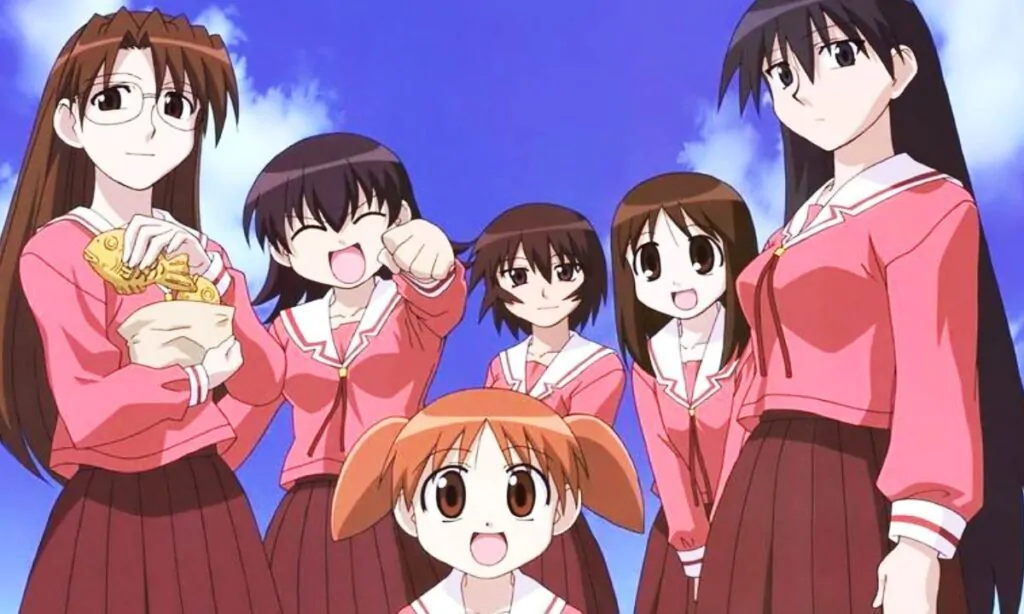
Azumanga Daioh is a slice-of-life comedy anime about the daily lives of a group of high school girls and their teachers. The series follows their humorous and often bizarre adventures as they navigate school, friendships, and growing up.
The anime was created by J.C. Staff and consists of one season with a total of 26 episodes.
The anime features a unique animation style, quirky characters, and explores themes such as friendship and the joys and challenges of adolescence.
The anime has received critical acclaim, with viewers praising the humor, the characters, and the portrayal of everyday life, while others criticize the lack of a central plot and the slow pacing.
K-On!
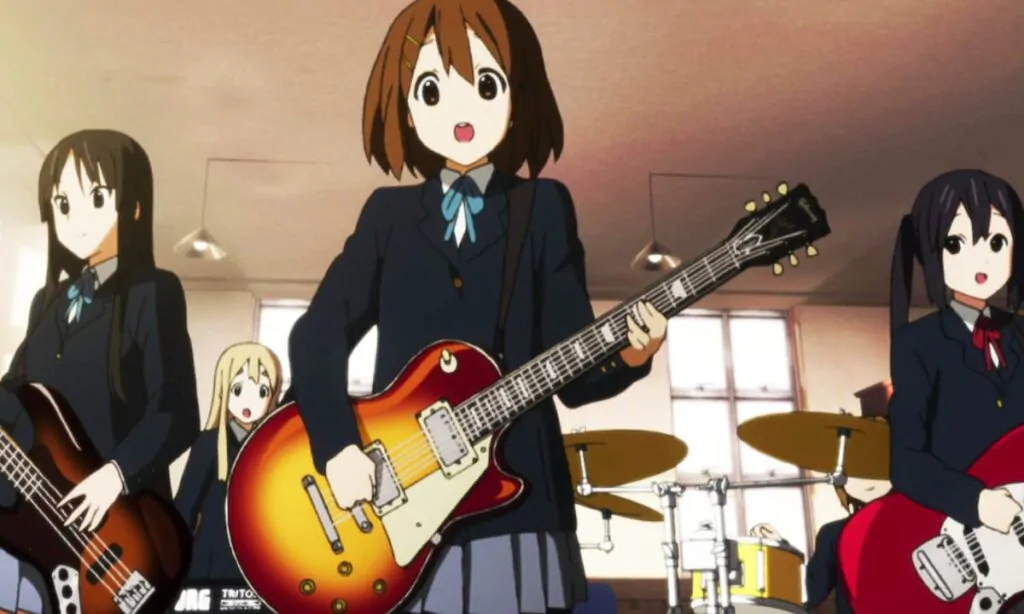
K-On! is a slice-of-life anime about a group of high school girls who form a band in order to save their school’s music club from being disbanded. The series follows their journey as they practice, perform, and bond as a group.
The anime was created by Kyoto Animation and consists of two seasons with a total of 39 episodes, as well as a movie.
The anime features cute and relatable characters, catchy music, and explores themes such as friendship, determination, and the joy of music.
The anime has received positive reviews, with viewers praising the characters, the music, and the heartwarming story, while others criticize the lack of a central plot and the slow pacing.
Daily Lives of High School Boys
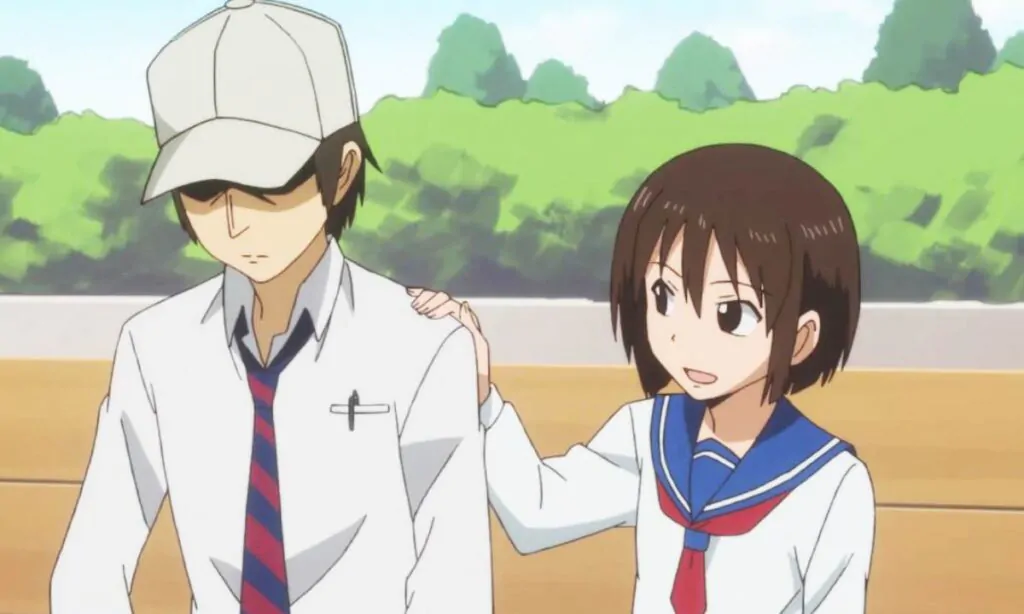
School Routine: High school boys typically follow a routine that involves attending classes, completing homework and assignments, participating in extracurricular activities, and preparing for exams. This routine may vary depending on the individual’s interests and priorities, but it generally involves a lot of time spent in the classroom and studying.
Social Interactions: High school boys often spend a significant amount of time socializing with their peers. This may involve hanging out with friends, participating in group activities, or attending social events like parties and school dances. Social interactions are an important part of high school life, and they can have a significant impact on a student’s overall experience.
Hobbies and Interests: High school boys may also have hobbies and interests that they pursue outside of school. This could include playing sports, participating in music or drama programs, gaming, or pursuing other creative or intellectual pursuits. These activities can provide a much-needed break from academic work and can help students develop new skills and interests.
The Melancholy of Haruhi Suzumiya
The Melancholy of Haruhi Suzumiya is a comedy-drama anime about a high school student named Kyon and his interactions with a strange girl named Haruhi Suzumiya, who is obsessed with the supernatural and forms a club to investigate mysteries.
The anime was created by Kyoto Animation and consists of two seasons with a total of 28 episodes, as well as a movie.
The anime features a unique and engaging storyline, interesting characters, and explores themes such as the power of imagination and the search for meaning in life.
The anime has received positive reviews, with viewers praising the complex characters, the intriguing plot, and the animation quality, while others criticize the confusing chronological order of the episodes.
Danshi Koukousei no Nichijou (Daily Lives of High School Boys)
Danshi Koukousei no Nichijou, also known as Daily Lives of High School Boys, is a comedy anime about the daily lives of three high school boys and their humorous interactions with each other and the world around them.
The anime was created by Sunrise and consists of one season with a total of 12 episodes.
The anime features hilarious and relatable situations, endearing characters, and explores themes such as friendship, adolescence, and the challenges of growing up.
The anime has received positive reviews, with viewers praising the humor, the characters, and the realistic portrayal of high school life, while others criticize the lack of a central plot and the short episode length.
Detroit Metal City
Detroit Metal City is a comedy anime about a young man named Soichi Negishi who dreams of becoming a pop musician, but ends up as the frontman of a death metal band called Detroit Metal City.
The anime was created by Studio 4°C and consists of one season with a total of 12 episodes.
The anime features outrageous and offensive humor, unique characters, and explores themes such as identity and the struggle between pursuing one’s dreams and conforming to society’s expectations.
The anime has received mixed reviews, with viewers praising the humor and the characters, while others criticize the offensive content and the repetitive nature of the jokes.
Barakamon
Barakamon is a slice-of-life anime about a calligrapher named Seishuu Handa who moves to a remote island in order to find inspiration and improve his craft. The series follows his interactions with the colorful and eccentric residents of the island.
The anime was created by Kinema Citrus and consists of one season with a total of 12 episodes.
The anime features heartwarming and relatable characters, beautiful animation, and explores themes such as artistic inspiration, personal growth, and the importance of community.
The anime has received positive reviews, with viewers praising the characters, the animation quality, and the themes, while others criticize the slow pacing and the lack of a central plot.
Sakamoto desu ga? (Haven’t You Heard? I’m Sakamoto)
Sakamoto desu ga? (Haven’t You Heard? I’m Sakamoto) is a Japanese manga and anime series written and illustrated by Nami Sano. The anime series aired in 2016.
The story follows the life of Sakamoto, a high school student who is admired by his classmates for his perfect appearance, charisma, intelligence, and talents. However, his unique skills and abilities also make him a target for envy and bullying.
Despite the challenges he faces, Sakamoto always manages to come out on top using his wits, resourcefulness, and unique sense of style. He is always one step ahead of his classmates and can handle any situation with grace and ease, earning him the nickname “Sakamoto-sama.”
Plastic Neesan
Plastic Neesan is a Japanese manga series by Kurii Cha that was adapted into a short anime series in 2011.
The story revolves around a group of high school girls, with the titular character, Plastic Neesan, being the student council president who is admired by her classmates for her beauty and talent, but is also known for her strange and eccentric behavior.
The anime is known for its fast-paced and absurd humor, with each episode consisting of several short sketches featuring the characters in various comedic situations.
The series has gained a cult following for its unique humor and distinctive animation style.
Handa-kun
Handa-kun is a Japanese manga series written and illustrated by Satsuki Yoshino. It was adapted into an anime series in 2016.
The story follows the life of Sei Handa, a talented calligrapher who is worshipped by his classmates for his skill. However, due to his extreme shyness and social anxiety, he misunderstands their admiration as bullying and develops a paranoia towards his classmates.
The anime focuses on the comedic aspects of the story, with Sei’s misunderstandings leading to absurd situations and misunderstandings.
Despite its humorous tone, the series also deals with themes of social anxiety and the pressure of living up to high expectations.
Seto no Hanayome (My Bride is a Mermaid)
Seto no Hanayome is a Japanese manga series by Tahiko Kimura that was adapted into an anime series in 2007.
The story follows the life of Nagasumi Michishio, a teenage boy who is saved from drowning by a mermaid named Sun Seto. As a result of mermaid law, Sun must either marry Nagasumi or be executed, leading to a series of comedic situations as Nagasumi adjusts to life with his new mermaid wife and her eccentric family.
The anime is known for its over-the-top humor, slapstick comedy, and parodies of various anime and pop culture references.
Despite its comedic tone, the series also deals with themes of acceptance and prejudice, as Nagasumi must overcome the social stigma of being married to a mermaid in a world where interspecies marriage is frowned upon.
Himouto! Umaru-chan
Himouto! Umaru-chan is a Japanese manga and anime series written and illustrated by Sankaku Head. The anime series aired in 2015.
The story revolves around the life of Umaru Doma, a high school girl who is popular, beautiful, and smart. However, when she returns home, she transforms into a lazy, selfish, and gluttonous “Himouto” who wears a hamster hoodie and spends her time playing video games and eating junk food.
The anime explores the contrast between Umaru’s public and private persona and the relationship between her and her brother, who takes care of her and puts up with her selfish behavior.
Seitokai Yakuindomo
Seitokai Yakuindomo is a Japanese manga and anime series written and illustrated by Tozen Ujiie. The anime series aired in 2010.
The story follows the life of Tsuda Takatoshi, a new student at Ousai Academy who is appointed as the vice president of the student council, which is composed of three female students with a perverted sense of humor.
The anime is known for its sexual humor, clever wordplay, and parody of various anime and pop culture references.
The series also deals with themes of adolescence, social norms, and gender roles in a lighthearted and comedic manner.
Gabriel DropOut
Gabriel DropOut is a Japanese manga and anime series written and illustrated by Ukami. The anime series aired in 2017.
The story follows the life of Gabriel, an angel who graduates at the top of her class in heaven but becomes addicted to online games and turns into a lazy and apathetic high school student after arriving on Earth.
The anime explores the contrast between Gabriel’s heavenly upbringing and her new life on Earth, as well as the relationships she develops with her classmates, including a demon and another angel.
The series is known for its unique premise, cute character designs, and humorous take on the contrast between heaven and Earth.
Senyuu.
Senyuu is a Japanese manga and anime series written and illustrated by Haruhara Robinson. The anime series aired in 2013.
The story takes place in a fantasy world where the demon king has been sealed away for 1,000 years. However, when the seal is broken, a hero is summoned to defeat the demon king, and a comedic adventure ensues.
The anime is known for its parody of the fantasy genre and various anime and pop culture references, as well as its fast-paced and absurd humor.
The series also features a large cast of characters with unique personalities and abilities, each contributing to the humor and action of the story.
Squid Girl
Squid Girl, also known as Shinryaku! Ika Musume, is a Japanese manga and anime series written and illustrated by Masahiro Anbe. The anime series aired in 2010.
The story follows the adventures of a humanoid squid named Ika Musume who comes from the sea to conquer the world as revenge for the pollution caused by humans. However, her plans are quickly foiled, and she ends up working at a beachside restaurant run by the Aizawa sisters.
The anime is known for its quirky humor, unique character designs, and portrayal of marine life. It also features a large cast of characters with distinct personalities and relationships.
Kore wa Zombie Desu ka? (Is This a Zombie?)
Kore wa Zombie Desu ka? is a Japanese light novel and anime series written by Shinichi Kimura and illustrated by Kobuichi and Muririn. The anime series aired in 2011.
The story follows Ayumu Aikawa, a high school student who is killed by a serial killer and resurrected as a zombie by a necromancer named Eucliwood Hellscythe. He then becomes a “Masou-Shoujo” (magical girl), donning a frilly pink dress and wielding a chainsaw to fight monsters.
The anime is known for its absurd humor, parody of various anime and pop culture references, and unique mix of genres, including action, comedy, and harem.
Pop Team Epic
Pop Team Epic is a Japanese manga and anime series written and illustrated by Bukubu Okawa. The anime series aired in 2018.
The series consists of various skits and parodies that feature the two main characters, Popuko and Pipimi, as they navigate different situations and genres, often breaking the fourth wall and defying audience expectations.
The anime is known for its surreal humor, bizarre animation, and meta-commentary on the anime industry and pop culture. It also features various guest appearances from other anime and pop culture icons.
Yuru Yuri
Yuru Yuri is a Japanese manga and anime series written and illustrated by Namori. The anime series aired in 2011.
The story revolves around the daily lives of four middle school girls who are part of the “Amusement Club” in their school. They spend their days doing various activities, such as playing games, telling stories, and making tea.
The anime is known for its lighthearted and cute humor, unique character designs, and portrayal of female friendships. It also explores themes of adolescence, self-discovery, and growing up in a relatable and entertaining manner.
Mitsudomoe
Mitsudomoe is a Japanese manga and anime series written and illustrated by Norio Sakurai. The anime series aired in 2010.
The story follows the daily lives of the Marui triplets, Mitsuba, Futaba, and Hitoha, and their classmates and teachers at their elementary school. The series is known for its quirky humor, unique character designs, and portrayal of childhood innocence and mischief.
Chio’s School Road
Chio’s School Road is a Japanese manga and anime series written and illustrated by Tadataka Kawasaki. The anime series aired in 2018.
The story follows Chio Miyamo, a high school student who takes various detours and shortcuts on her way to school, often leading her into bizarre and hilarious situations. Along the way, she meets various eccentric characters who add to the comedic mayhem.
The anime is known for its absurd humor, clever parodies of video games and pop culture, and colorful and dynamic animation.
Asobi Asobase
Asobi Asobase is a Japanese manga and anime series written and illustrated by Rin Suzukawa. The anime series aired in 2018.
The story follows the daily lives of three middle school girls, Hanako, Olivia, and Kasumi, who form a club dedicated to playing various games, both physical and mental. The series is known for its crude humor, unconventional character designs, and unexpected plot twists.
Gugure! Kokkuri-san
Gugure! Kokkuri-san is a Japanese manga and anime series written and illustrated by Midori Endo. The anime series aired in 2014.
The story follows Kohina Ichimatsu, a young girl who inadvertently summons a fox spirit named Kokkuri-san while playing a game of Kokkuri-san (a Japanese version of Ouija board). Kokkuri-san decides to stay and protect Kohina, leading to various supernatural and comedic hijinks.
The anime is known for its unique blend of supernatural and slice-of-life elements, its offbeat humor, and its memorable cast of quirky characters.
Pani Poni Dash!
Pani Poni Dash! is a Japanese manga and anime series written and illustrated by Hekiru Hikawa. The anime series aired in 2005.
The story follows the daily life of a 11-year-old genius girl named Rebecca Miyamoto who becomes a teacher at a high school full of eccentric students and teachers. The series is known for its fast-paced humor, pop culture references, and colorful animation.
Kyou no Asuka Show
Kyou no Asuka Show is a Japanese manga and anime series written and illustrated by Ume Aoki. The anime series aired in 2012.
The story follows the daily life of Asuka Kominami, a young office lady who has a secret obsession with masturbation. The series is known for its frank portrayal of female sexuality, its unique art style, and its comedic moments.
School Rumble
School Rumble is a Japanese manga and anime series written and illustrated by Jin Kobayashi. The anime series aired from 2004 to 2008.
The story follows the daily life of Tenma Tsukamoto, a high school student who has a crush on a boy named Karasuma Oji, and her classmates and friends. The series is known for its wacky humor, romantic hijinks, and memorable characters.
